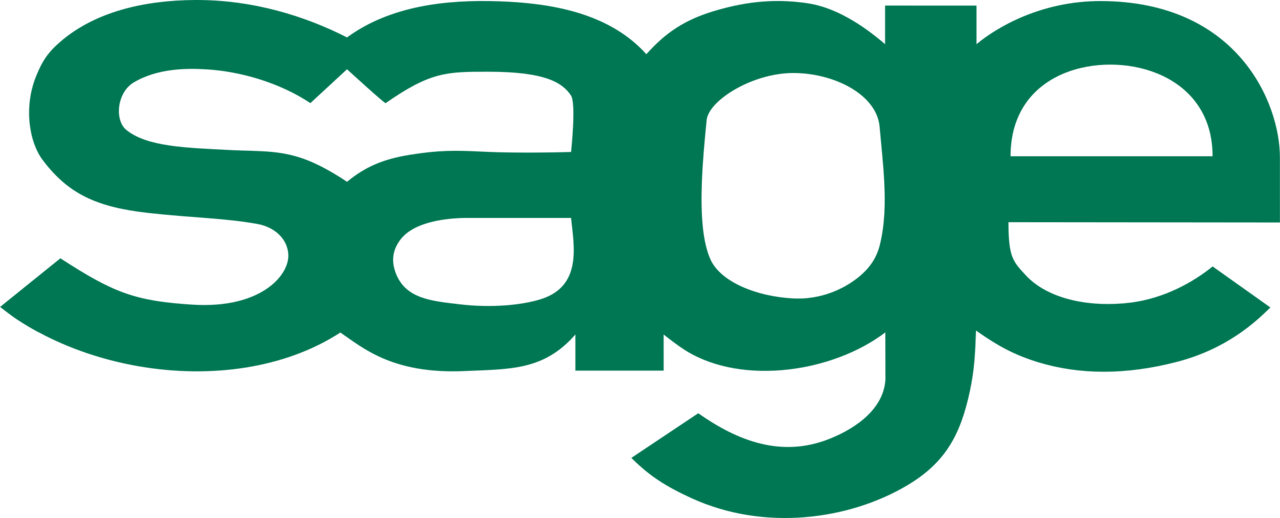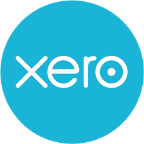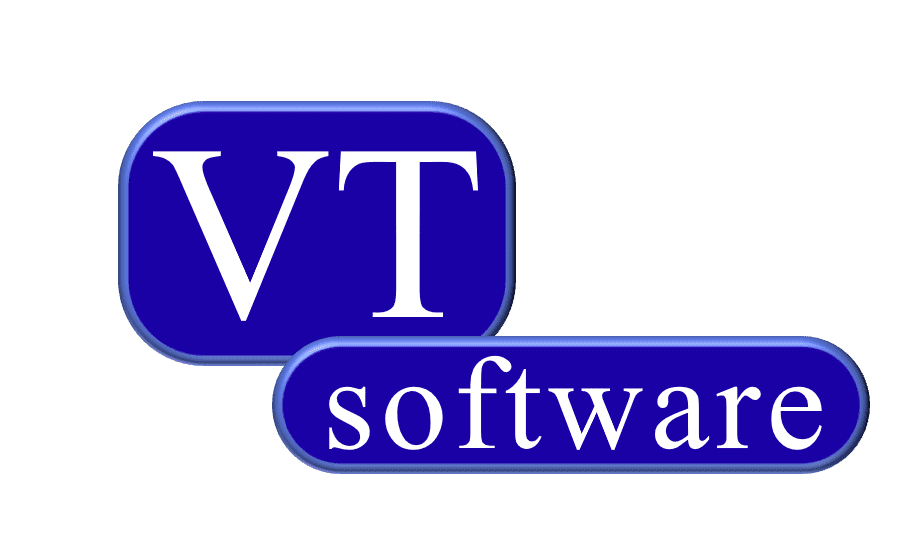Cash dividends can be the distribution of money to stakeholders as part of a company’s profits or current earnings. Cash dividends are generally paid regularly. It is sometimes paid at a time when a settlement is wrapped up.
Most companies that pay dividends are often well-established and have a stable cash flow. Stakeholders who invest in companies are typically driven by two key factors, to earn income in the form of dividends and to benefit from the growth in the value of their investment.
Before dividend payment, the board of directors needs to declare cash dividends so they can be recorded in the company’s record book. There are three important dates that need to be recorded:
1. Date of declaration
The declaration date is the entry that shows the date the board of directors approved the motion, which declares that cash dividends need to be paid.
2. Date of record
The date of record determines which stakeholders will receive the cash dividends. The board of directors establishes this date.
3. Date of payment
The date of payment shows the date at which the stakeholders will receive the dividends from the company.
No journal entry is required on the date of record, but journal entries record both the date of declaration and payment date during the transaction.
Cash dividends payable are recorded or appear as a current liability on the balance sheet.
Accounting for cash dividends
To understand accounting for cash dividends, let’s assume a small business must pay only one class of stock issued, common stock. Another assumption is that on December 16, the board of directors declared a 0.50 per share dividend on common stock. According to the declaration date, the company has 5,000 shares of common stock issued and 400 as inventory stock. Now, the cash dividend to be paid is the number of shares outstanding, which is the total shares issued less than those in inventory.
Outstanding shares are the difference between common stock issued and inventory stock. According to our assumption, it is four thousand and six hundred shares. The cash dividend is multiplied by the per-share dividend, which equals two thousand and three hundred.
The journal entry to record the declaration of the cash dividends involves a reduction (debit) to a stockholders’ equity account and an addition (credit) to Cash Dividends Payable, which is a current liability account.
There are specific criteria that a business needs to follow to pay cash dividends. Two are that there should be enough cash to fulfill the dividend payment, and the company should have adequate retained earnings.
Are you looking for accounting professionals for your small business? FBS Accountants can be the right match in every aspect of your accounting needs. FBS Accountants comprises of a team of professional and high qualified accountants and business consultants who can provide you with remarkable accounting services along with effective advice. Contact FBS at hello@finchleybusiness.co.uk today!








